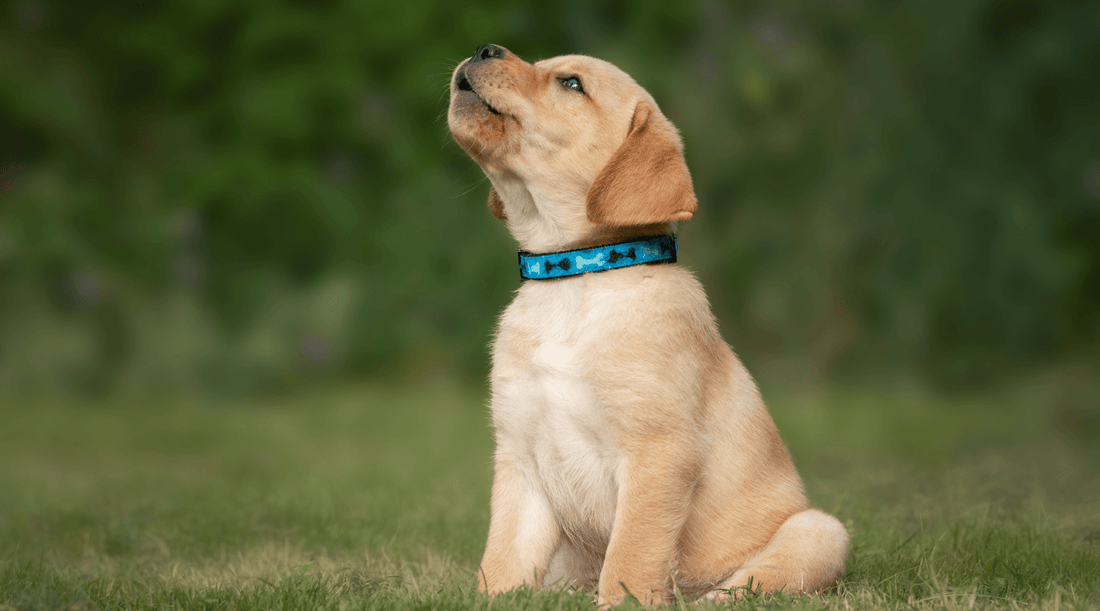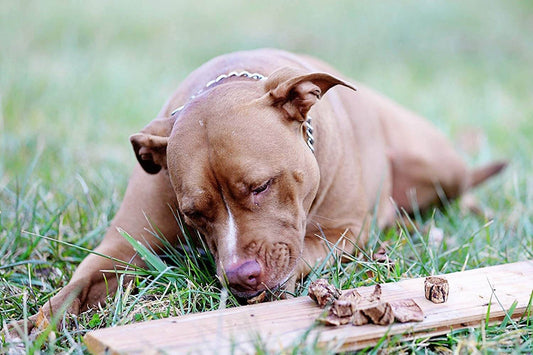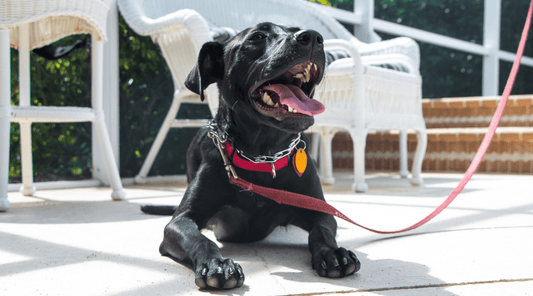
Puppy Crying: What That Tiny Wail Really Means
Dawn Miller Apr 23, 20254 Minute ReadIt started at 3:07 a.m. The kind of high-pitched whimper that slices straight through sleep.
One of my neighbors, bless her, just brought home a brand-new puppy. And while she was envisioning soft snuggles and endless joy, what she got instead was... puppy crying. Lots of it.
I remember those nights. While I adopted my lab mix Bruno and terrier, Pixie in early adulthood, I've certainly been through that puppy surprise.
If your puppy is crying and you’re wondering if you’re doing something wrong—you’re not. This stage is normal. Temporary. And we can work through it together!
Why Is My Puppy Crying?
Okay. Puppies cry because they're confused, overstimulated, or feeling all the feels at once—just like human babies. Here are some common triggers:
Separation From Mom and Littermates
We often adopt puppies solo. They may be wondering whether their brothers and sisters are. Their mom?
That first night home? It’s their first night ever away from their mom, their siblings, and everything familiar. The quietest home in the world can feel like a void when you've been snuggled in a pile of puppies since birth.
Where is everyone? Who are these people? Where do I go potty?
This is where puppy separation anxiety starts.
Sorry, to rain on your puppy parade with sad truths. But I put it this way because I will share how you can help this little one adjust in the most caring way possible—so that both of you can find that joy you want to experience through puppy adoption.
But it's not just the separation you're contending with.
New Environment Overload
New smells. New sounds. New humans. Puppies can get overwhelmed, and crying is how they say, “Too much!”
Hunger or Potty Needs
Tiny tummies empty quickly. And full bladders don’t hold much. They had just started learning the routine back home, and now, they're unsure again.
It's disorienting!
Boredom or Lack of Stimulation
In a litter of puppies, your little one had mental and physical stimulation from the moment they woke up until they nestled into the pile to sleep.
Suddenly, they don't know what to play with. They may destroy shoes or children's toys. They engage in puppy biting.
And if there's nothing there to play with, they may just wail.
How to Calm a Puppy
You don’t have to wait for your puppy to “grow out of it.” There are gentle, effective ways to soothe them—and help them feel safe.
It's important to think holistically here. You'll want to both know how to calm a puppy in the moment and proactively stop the need to cry.
This isn't just helpful for your sanity. It's better for your puppy. The faster they start to feel like your home is a safe and loving place, the more quickly you'll be able to start bonding.
Here’s what worked for me (and a few of my neighbors, once they stopped texting me at 4 a.m.).
1. Create a Predictable Routine
Dogs of all ages thrive on structure.
Keep feeding, walks, playtime, and bedtime at consistent times each day. This helps regulate their internal clock and lowers anxiety.
And yes—bedtime is a thing for puppies. Wind them down like a toddler. Calm play, short potty break, then crate with a chew like a soft trachea chew for younger puppies.
Can a puppy have a dog bone? Yes, when they're around 6 months and have their adult teeth, consider transitioning them to a grass-fed beef marrow dog bone for a more substantial snack.
Always, remove the toy or chew after 10-15 minutes so they can settle into dreamtime.
2. Introduce a Comfort Crate
When you present a crate to a puppy correctly, it becomes a cozy den instead of confinement. Dogs naturally like cozy spaces and find comfort and safety there. You can actively take steps to create this positive association.
Even if you've already made the mistake of locking them in without making the crate a happy place first, know that you can still change their mind about it with the right approach. I discuss how to crate train a puppy in detail in this post: The Day I Met a Houdini Pup.
Here's the TL;DR version.
- Get a crate that's not big enough to designate a potty corner.
- Make it inviting.
- Let them explore it freely.
- Toss some treats in and let them walk in and out freely.
- Put something more substantial, like a food bowl or trachea chew, in there. Speak in a cheerful voice. Do not force it.
- While they're distracted, close the door for a few seconds and open it. Do this several times until they see you do it.
- Keep the door closed a little longer.
- Step away with the door closed, while still speaking cheerfully
- Teach them a command like "Go to crate"
3. Teach "Alone Time Is Okay" Early
Say "no" to helicopter parenting your puppy.
Raise a confident, independent dog that's not afraid to entertain themselves or spend some time alone with their thoughts—whatever those might be.
Give your puppy short, positive experiences being alone. Step out of the room for a few seconds. Then come back and praise them calmly if they were quiet. Give them a treat sometimes. I use single-ingredient beef lung dog treats.
These are just real roasted organ meat with no questionable ingredients. They're also packed with the collagen protein puppies need to grow strong bones and joints.
4. Reward the Calm, Not the Chaos
If you rush in the moment they cry or open the crate when they wail, you’re accidentally reinforcing the noise. Instead, wait for a pause—even just two seconds of silence—then reward them with a high-value treat.
Puppies learn faster when you use irresistible dog treats. These treats should be so good that they set off a cascade of good feelings (dopamine rush). This definitely describes the reaction my dogs get from all-natural dog bones and dog treats from K9 Connoisseur.
So, use a soothing tone. Give a small dog treat. Let them know that was the behavior you loved. You'll get more of it!
Positive reinforcement is magic when paired with timing.
What If the Puppy Crying Won’t Stop?
Did you cry the first night you spent at a friend's house when you were little?
Sometimes, our dog babies are equally inconsolable:
- Try background noise: A white noise machine or gentle classical music can soothe some puppies.
- Offer a warm rice sock: Wrap a warm (not hot!) rice sock in a towel. The warmth mimics their littermates.
- Keep nighttime potty breaks calm and boring: Don’t chat, don’t play, just go out and back. Keep the lights low and the voices soft.
All Over But the Crying
It feels endless at 2 a.m.—I know. But this phase passes. Really.
Structure, love, and smart training will get you both through it.
And if you want support building that structure? Try the 7-Day Dog Training Challenge. It’s the perfect starting point for building good habits for dog health and happiness.
Available On:


Disclosure: This article may contain affiliate links, which means we may earn a small commission if you make a purchase through these links—at no extra cost to you. We only recommend products we trust and believe will benefit you and your K9.



